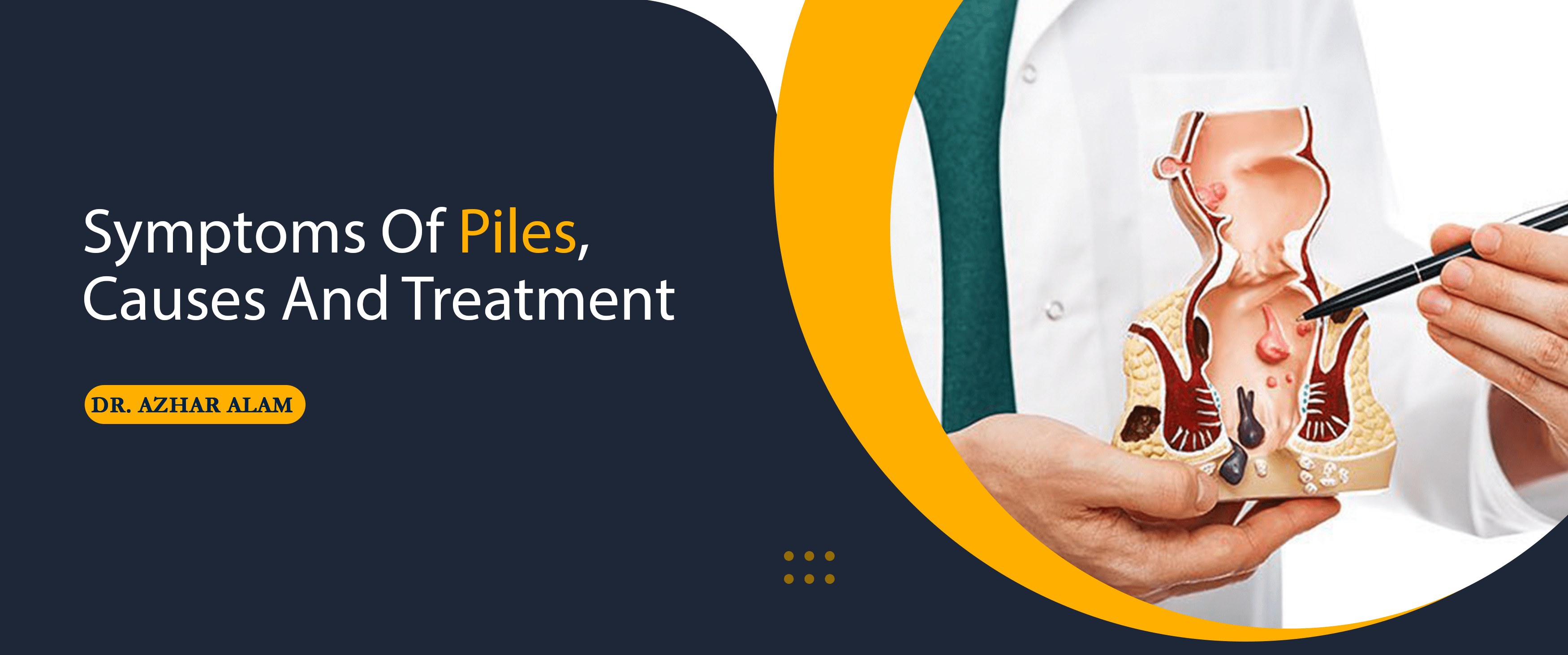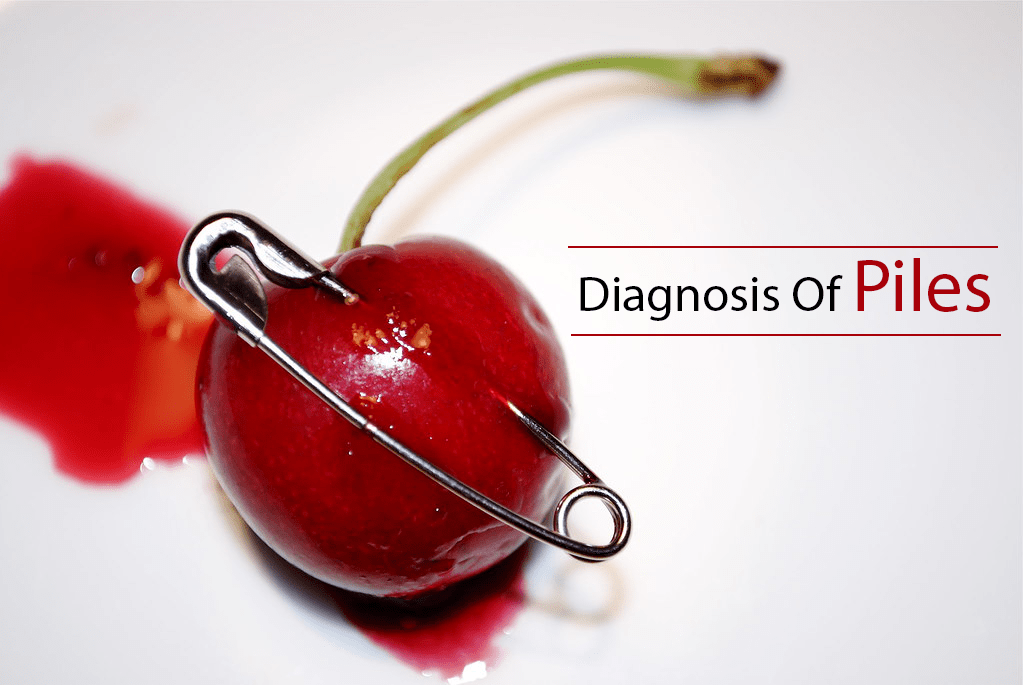

Symptoms, Causes And Treatment Of Piles - Need to know
An Overview of hemorrhoids
Internal hemorrhoids (also known as piles) are a normal problem in which the vessels in the rectum as well as the anus get constricted due to the pressure increase. The treatment for hemorrhoids that cause problems is with non-prescription (OTC) treatments, but in cases of more serious severity surgery might be required to ease discomfort. This is especially the case when there is a blood clot that has formed or the hemorrhoids become chronic. We discuss in detail the Symptoms Causes & Treatment Of Piles.
Signs and Symptoms
“Hemorrhoid” refers to the anal verge “hemorrhoid” means thrombosed or engorged veins within and outside the anus, both within and outside that of the anal verge. Hemorrhoidal veins are normal ones that are present in all of us and provide cushioning to the tissues. Hemorrhoids, however, contrary to what they appear are the growths that are abnormal that can occur.
There are two kinds of Piles, internal and external. Internal hemorrhoids can be found in the rectum. external hemorrhoids can be found within the anus.
Sometimes, hemorrhoids are external and internal (mixed). In certain cases, hemorrhoids inside the rectum might be seen to protrude from the anus, and then appear externally. (These are known as prolapsed hemorrhoids, and are considered to be internal hemorrhoids.)
Hemorrhoids can be called varicose veins conditions are distinct, and these terms shouldn’t be interchanged. (Anorectal varicose veins may develop due to certain conditions, for instance, portal hypertension and should be assessed separately from hemorrhoids.)
Hemorrhoids that are either inflamed or swollen may not trigger any symptoms in the least. If symptoms appear they may be mild to very severe. The symptoms can vary depending on the type of hemorrhoids: external, internal or mixed. The most common symptoms of hemorrhoids are:
- Internal: Rectal bleeding that is painless (blood appears bright and red, it could be dripping into the toilet or be on the toilet paper while wiping)
- External: A sensation in fullness, or discomfort within the rectum
- Both: The feeling of needing to vomit even if the bowel is empty
- External Pain in the rectum (which can be intense abrupt, severe, or sudden in the event that a blood clot has been formed)
- External: Pain and discomfort (more apparent if hemorrhoids prolapsed)
- Both either: Mucous discharge and/or itching from the anus
- In certain cases, there are other anorectal issues like fissures in the anal
It is vital to keep in mind that hemorrhoids inside the body aren’t able to be felt, but external hemorrhoids are often felt. A lack of pain is often an indication of internal hemorrhoids.
Hemorrhoids aren’t a risky disease and are not likely to cause any serious health issues. However, as there are many more serious disorders of the anorectal system which can trigger similar symptoms, like cancer, it’s crucial to get the issue assessed by a medical professional in the event that symptoms persist or don’t respond to treatment at home.
Many people are ashamed to seek treatment, however, hemorrhoids are extremely prevalent throughout the world and is easily treatable in the majority of instances.
The Reasons
Hemorrhoids appear to affect both women and men alike and usually occur in middle age, but younger individuals can suffer from the condition as well. Hemorrhoids are a problem for people all over the world however the precise frequency isn’t yet known.
A lot of people don’t discuss hemorrhoids with their physicians because they may be embarrassed or unable to manage the problem without medical intervention. Some individuals may not realize they have hemorrhoids as they do not show symptoms.
People suffer from hemorrhoids due to many reasons. There are likely to be multiple reasons that cause the development of hemorrhoids throughout one’s life. There are a variety of factors that can make someone more likely to develop hemorrhoids. These include:
- Hemorrhoids in the family: a familial history
- Training to get an empty bowel
- Toileting for prolonged durations of time
- Inflammatory Bowel Disease (IBD)
- Obesity
- Constipation
- Diarrhea
- Use of laxatives or enemas
- Sitting for long periods of time (such as in an office environment)
A variety of conditions related to various body systems can make a person more susceptible to developing hemorrhoids. Certain of these risk factors are only temporary like pregnancy, and hemorrhoids that result from these causes usually disappear after the condition has been treated.
Other conditions that could cause hemorrhoids include chronic coughing as well as pelvic floor dysfunction and connective tissue problems.
Risk factors that have more a result of the way of life or work, for example, strains that come in heavy lifting, or weight gain, can usually be avoided, decreased or eliminated.
Also Read: Tips To Prevent Hemorrhoids
Diagnosis

A medical professional will generally be able to identify hemorrhoids from a list of symptoms as well as a physical examination. A doctor may also want to rule out other grave conditions that could exhibit similar symptoms to hemorrhoids.
External hemorrhoids can be identified by visual inspection, while internal hemorrhoids can be diagnosed using an anoscopy, sigmoidoscopy, or colonoscopy.
The tests aren’t as much to prove hemorrhoids as a diagnosis, but rather to rule out other conditions like cancer or inflammatory intestinal disease. (It’s possible for someone to have hemorrhoids along with other ailments simultaneously.)
A healthcare professional might order to evaluate hemorrhoids or other anorectal issues may include:
- Colonoscopy
- Blood tests
- Flexible sigmoidoscopy
- Examine using an anoscope, or proctoscope
- Stool test samples to look for signs of infection, blood, or inflammation
If the diagnosis of hemorrhoids is diagnosed, a medical professional will determine what kind they are (internal-external, internal or mixed) and will give them a grade depending on the degree that they have prolapse (external visibility). The system of grading internal hemorrhoids consists of four phases:
- Grade I. No prolapse
- Grade II. Prolapse only occurs when you are weight is reducing. They will reduce themselves on their own.
- Grade III. Prolapse during being lowered. This can be controlled manually.
- Grade IV. Prolapsed, they cannot be reduced on their own and are not able to be reduced manually.
Hemorrhoids with a grade IV could be strangled, develop the formation of clots (thrombosis) or get infected, leading to pain that is severe.
Also Read: Recover From Pilonidal Sinus Surgery
Treatment
Hemorrhoids aren’t usually the cause of problems, and many people don’t even be aware of them. If someone has hemorrhoids, but there are no signs are present, there’s no need to treat. If hemorrhoids are causing pain or are recurring, more thorough treatment is required.
There are a variety of choices for treating hemorrhoids, ranging from home remedies and over-the-counter treatments and surgical options. There are many ways a person can follow to decrease the chance of developing hemorrhoids and to keep them from recurring.
Contact the Best Piles Doctor in Kolkata for the Piles Treatment.
About Docor

Dr. Azhar Alam
MBBS (Honours), MRCS A (UK),
DNB General Surgery
FIAGES (Gastro Intestinal Surgery)
FMAS (Minimal Access Surgery),
MNAMS (New Delhi)
Consultant Gastrointestinal, Advanced Laparoscopic and Laser Surgeon
Assistant Professor of Surgery, KPC Medical College and Hospital




